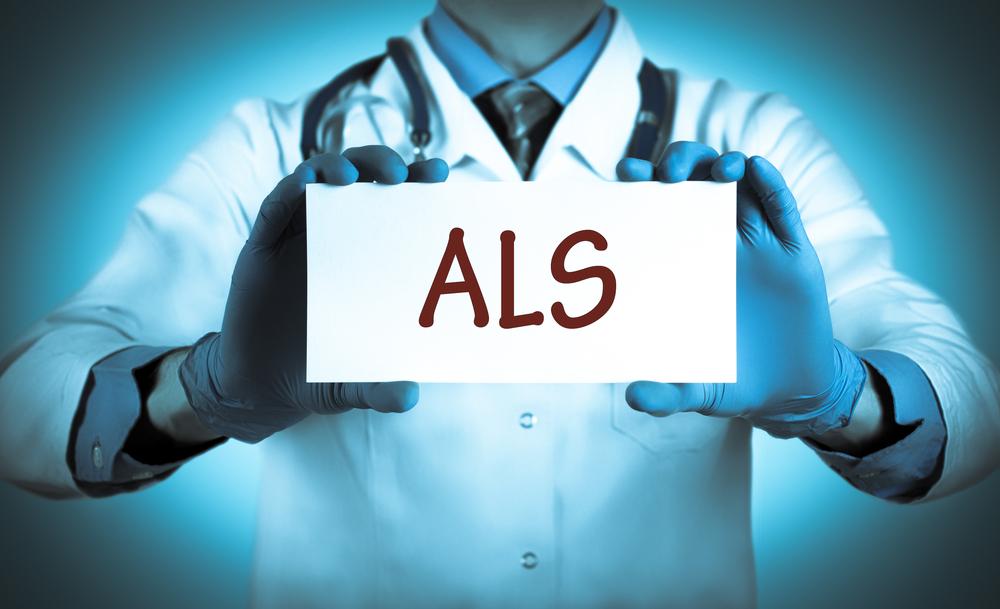Understanding Amyotrophic Lateral Sclerosis (ALS): Causes and Impact
This article explores amyotrophic lateral sclerosis (ALS), highlighting its effects, causes, and risk factors. It discusses the disease's progression, the impact on patients' lives, and current medical understandings. Despite no cure, treatments help manage symptoms and prolong survival. The piece emphasizes the importance of ongoing research into the underlying causes of ALS, including chemical imbalances, immune responses, and genetic factors, especially for those aged 40-60, predominantly men.
Sponsored

Understanding Amyotrophic Lateral Sclerosis (ALS): Causes and Impact
Amyotrophic lateral sclerosis, commonly known as ALS, is a progressive neurological disorder that damages nerve cells in the brain and spinal cord. One of the most famous individuals affected by ALS is physicist Stephen Hawking, who was diagnosed at age 21. Despite life expectancy concerns, Hawking has survived for decades. ALS typically leads to muscle weakness, loss of control, and difficulties with breathing, swallowing, and speech. While the exact cause remains unknown, factors such as chemical imbalances, immune responses, and protein mishandling are studied as potential contributors.
Most ALS cases in the US are sporadic, accounting for about 95%, with only 5% being familial or inherited. Researchers have yet to discover a cure, but medications can extend survival and improve quality of life. The disease causes progressive muscle paralysis, affecting movement, breathing, and nutrition. Causes are believed to include elevated glutamate levels, immune system malfunctions, and abnormal protein accumulation in nerve cells. Age, sex, and genetics influence risk, with men aged 40 to 60 being most vulnerable.






